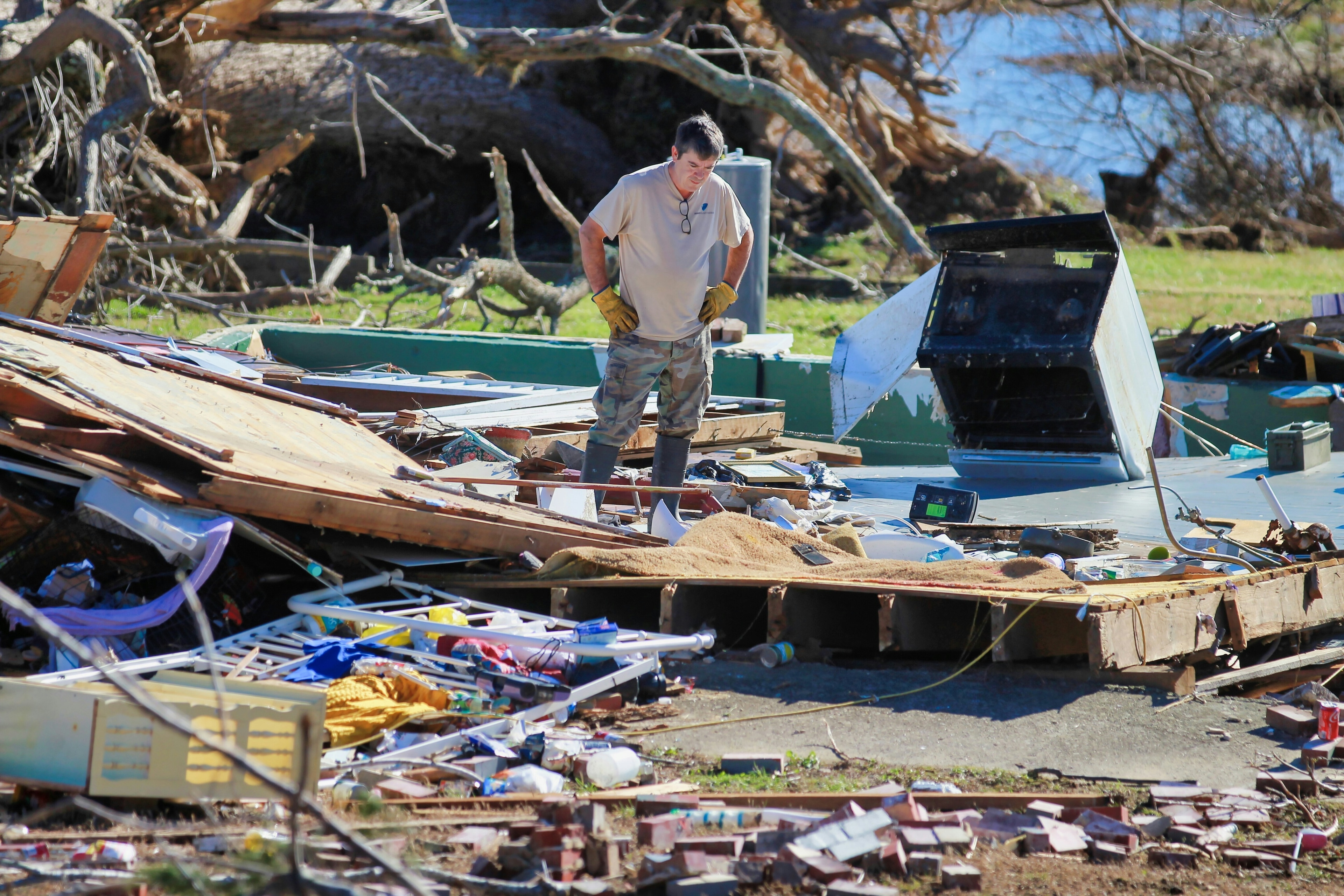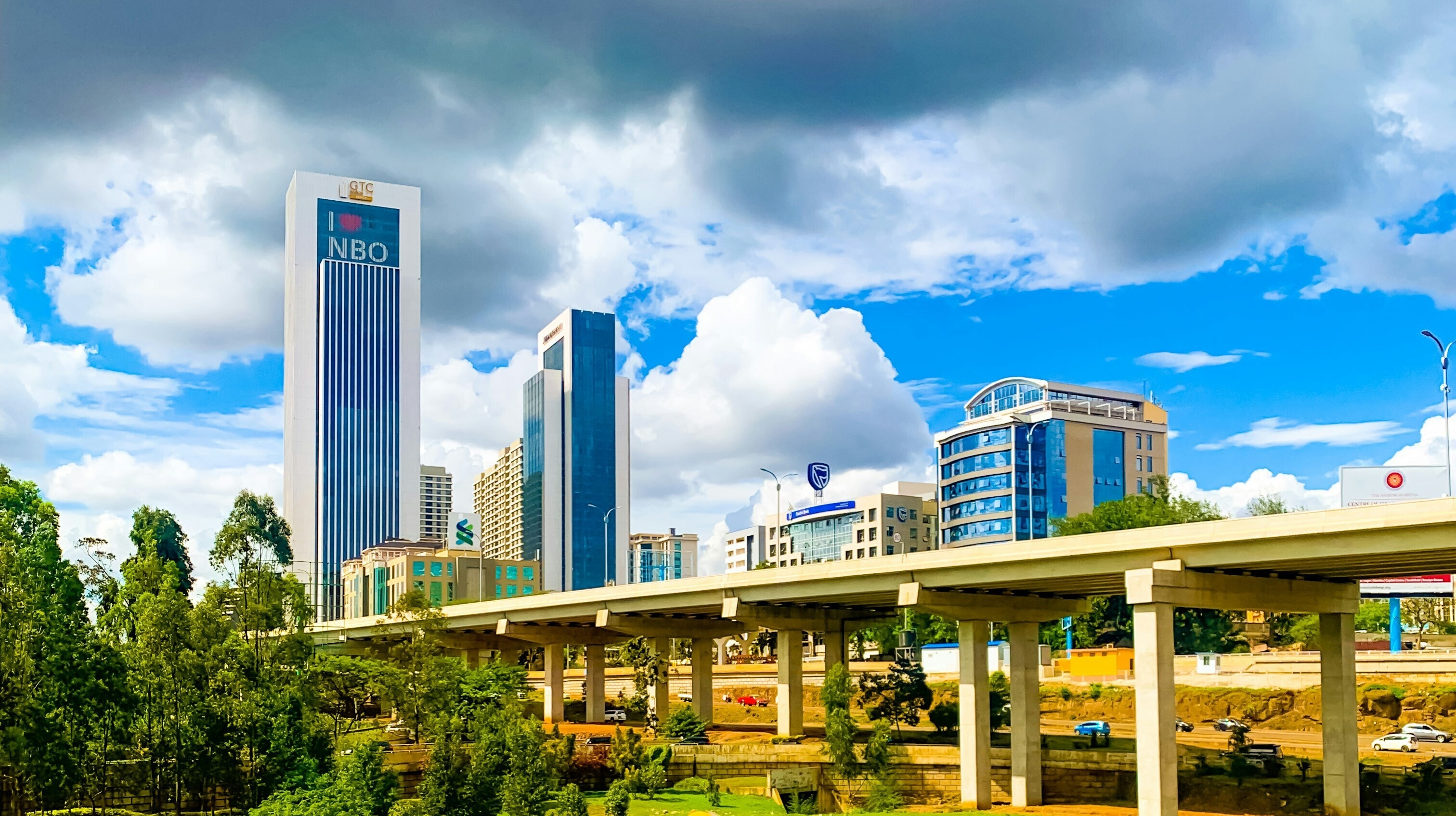What the Nepal earthquake teaches us about disaster resilience

Stay up to date:
Global Risks
Catastrophic events exact massive causalities and damage, severely disrupting populations, infrastructure, economies, and the environment. How can we, as a global community, prevent or limit such adverse effects in the future?
Towards that end, the World Economic Forum’s Global Agenda Council on Risk & Resilience is developing a series of Resilience Use Cases to demonstrate how resilience can be built and strengthened through public-private partnerships, and to learn from specific events and/or risks that affect the global community.
Our most recent use case Building Resilience in Nepal through Public-Private Partnerships assesses Nepal’s resilience to the April 2015, 7.8 magnitude, earthquake that killed nearly 9,000 people and caused more than $3.5 billion in economic damage.
The significant impact of the 2015 earthquake on the Nepali economy and tourism industry, as well as houses, schools and hospitals, highlights gaps in resilience – particularly in business continuity planning and crisis response, and in implementing and enforcing building policies and standards.
The use case seeks to understand what worked and what can be improved to better Nepal’s earthquake preparedness. It also describes the need for public-private collaboration in building resilience after the Nepal earthquake and seeks to determine how the public and private sectors individually, and working together in partnership, can contribute to resilience.
As with the WEF’s Report, Managing the Risk and Impact of Future Epidemics: Options for Public-Private Cooperation, this use case aims to expand the dialogue between the private sector, civil society, the international community and leaders, both in Nepal and in other countries that are at risk from such disasters.
Why we can’t go it alone
In today’s complex and evolving risk environment, no single entity – public or private – possesses all of the necessary authorities, resources, or expertise to assure its resilience against catastrophic events (natural or man-made). Instead, effective solutions require a collaborative approach. We must leverage the capabilities and capacity of stakeholders from government, the private sector and civil society, such partnerships are known as public-private partnerships (PPPs).
As described in the use case, people, things, assets and systems located throughout the world are increasingly hyperconnected, the impacts of such events know no geographical, jurisdictional or industrial boundaries. Compounding the challenge, the interdependencies inherent in shared and global infrastructure can magnify existing systemic risks – resulting in both consequences that are non-linear, hard to predict, and cascading in nature, and increased and novel vulnerabilities.
Traditional preparedness activities, such as continuity and response planning, risk assessment and management, and training and exercising remain crucial. However the success of resilience efforts depends on more than what an entity can directly control. Ultimately, an entity’s resilience is also contingent on its understanding of the risk to and the resilience of any asset, system, entity, to which it is connected. No country, community, government or company can ‘go it alone.’
As a global community, we cannot rely on government action alone to prevent, protect against, respond to, recover from and mitigate the effects of catastrophic events. To limit these effects and ensure economic, cultural, societal and infrastructural continuity, we must work together through PPPs to increase our collective ability to understand and be resilient to hazards and risks.
Let’s all sandbag
Building and strengthening resilience is similar conceptually to sandbagging your house against advancing floodwaters. As the flood approaches, you can put sandbags around your house to stem the floodwaters. However, if you live in a densely populated area and your neighbours do not sandbag, then despite your preparedness efforts, your house could still flood. We, as individuals and entities, are only as resilient as others to whom we are connected – virtually or physically. We must all work together. How can we do that effectively and efficiently?
How can we create and utilise PPPs to strengthen resilience?
In future use cases and blog posts, the Council will assess how multi-stakeholder partnerships can strengthen a community’s resilience to different types of risk (e.g., systemic cyber risk). Our use cases will assess how nations and communities ‘bounce back’ from disasters, how they can ‘bounce forward’ by strengthening resilience, and how public and private entities can learn from these events. We will ask:
- What capabilities do different stakeholders have to offer that could contribute to resilience?
- What is the most effective role each partner can play?
- What environmental factors encourage the creation and success of multi-stakeholder partnerships?
- What factors act as barriers or disincentives to the creation of such partnerships?
- What characteristics do successful public-private partnerships share?
- What capabilities, activities, or programs support strengthening resilience (e.g., information sharing, crisis communications, risk transfer tools, organizational readiness assessments, training/exercising)?
- How can the interests of the public and private sector be aligned to collaboratively address complex risk?
Analysing the establishment and operations of PPPs against an array of risks, as well as the effective use of the partners’ collective capabilities, is an important step towards ensuring successful public-private partnerships and in turn our ability to withstand, respond to and recover from catastrophic events.
The report, Building Resilience in Nepal Through Public-Private Partnerships is available here
Have you read?
What’s next for Nepal’s economy?
How can we build peace in post-Earthquake Nepal?
How Colombia is preparing for its next Earthquake
Author: Kirstjen Nielsen, Senior Fellow at the Center for Cyber and Homeland Security, George Washington University, and President of Sunesis Consulting. She previously served as Special Assistant to the President for Homeland Security at the White House. Chair of the World Economic Forum’s Global Agenda Council on Risk and Resilience.
Image: A woman walks past the debris of collapsed houses in Bhaktapur, Nepal October 5, 15. REUTERS/Navesh Chitrakar
Don't miss any update on this topic
Create a free account and access your personalized content collection with our latest publications and analyses.
License and Republishing
World Economic Forum articles may be republished in accordance with the Creative Commons Attribution-NonCommercial-NoDerivatives 4.0 International Public License, and in accordance with our Terms of Use.
The views expressed in this article are those of the author alone and not the World Economic Forum.
Related topics:
Forum Stories newsletter
Bringing you weekly curated insights and analysis on the global issues that matter.
More on Global CooperationSee all
Emily Bayley
August 28, 2025
Michael Spence
August 22, 2025
Nii Simmonds and David Timis
August 18, 2025
Natalie Pierce
August 12, 2025
JJ Enoch
August 6, 2025
Eric Holst
August 4, 2025






